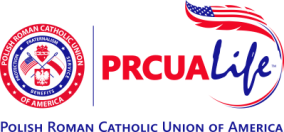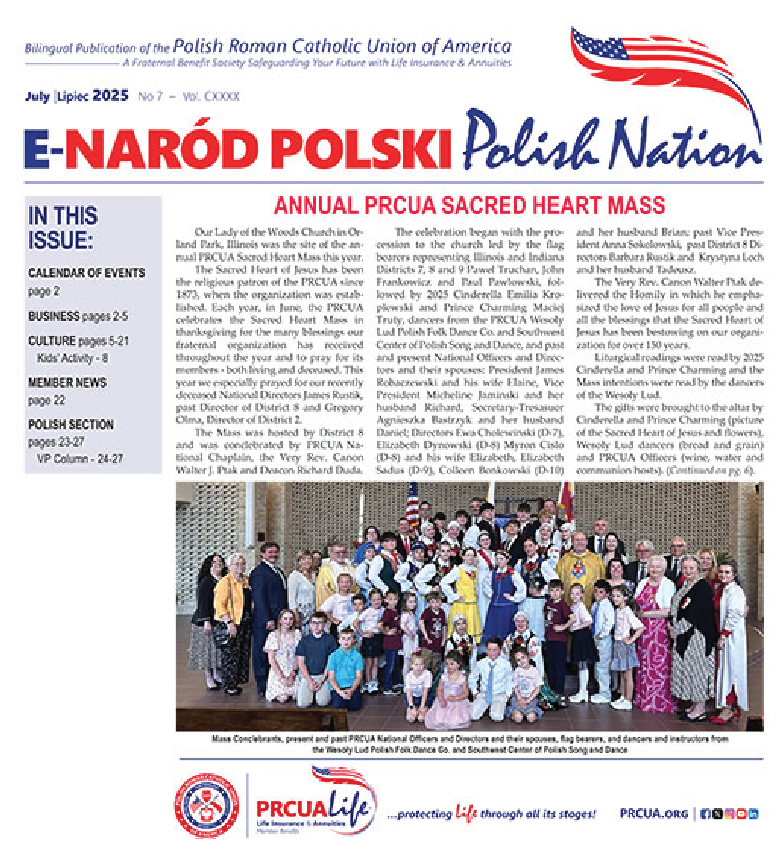America Pays for College 2018 explores how families of undergraduates paid for college in 2017-18—the resources they used, the amounts paid from each source, and the choices they made regarding how to pay for college. Let’s take a look at the most interesting parts of the study.
Paying-for-college decisions
The study shows that families draw on funding resources to varying degrees, building a custom paying-for-college budget that meets their needs and expectations. No single resource is used by all families; in fact, the most prevalent funding sources—parent income, scholarships, and grants—are each used by about 3 in 5 families Parents take the lead in paying-for-college decisions more often than students, but not always. Thirty-nine percent of families say the parents made the decisions about how to pay for college while 24 percent say the student made the decisions. Parents and students shared decision-making in 30 percent of families. Among those who were involved in the decision-making process, 8 in 10 feel confident they made the right financial decisions, with slightly more parents feeling confident (84%) than students (78%). According to How America Pays for College, 2018 Sallie Mae’s national study of college students and parents
Paying for college resources
Families spent an average of $26,458 on an undergraduate education in 2017-18. Income and savings from parents and the student pay nearly half of college costs (47%) with nearly three-quarters of those funds paid by the parents. Thirty-four percent of costs were paid from parents’ income and savings, and another 13 percent of college costs from the student’s income and savings. It’s important to note that parent income plays an outsized role, paying more than half of out-of-pocket funding, while about two-fifths come from a variety of savings sources. As a consequence, families who haven’t saved and who have limited income at the time college comes around may be at a disadvantage. External contributions in the form of scholarships and grants paid 28 percent of costs. Scholarship contributions—which paid 17 percent of college costs—are fifty percent higher than grant contributions, which paid 11 percent of costs. Extended family and friends paid an additional 2 percent of costs. In addition to income and savings contributions, both parents and students cover part of college costs with borrowed money. Parents contribute about 10 percent of costs from funds they borrow while students pay 14 percent from borrowing, primarily student loans.
Scholarships, used by 57 percent of families last year to pay some portion of the college bill, are the single most-used resource to pay for an undergraduate’s education expenses. The average total award among those who used one or more scholarships was $7,760. In total, scholarship funds paid for 17 percent of college costs in 2017-18. Without scholarships, many students would not be able to afford college. Colleges award three times the amount of scholarship money, on average, than other sources combined. Families report Students who attend community college were more likely to make the paying-for-college decisions themselves compared to students enrolled in other school types. Parents with students enrolled in four-year public colleges are more likely to decide without the student’s input than parents whose children are enrolled in other school types. Students who attend private colleges are more likely than those attending public colleges to share decision-making with their parents. The student’s role in payingfor-college decisions differs by the school type they’re attending.
Role of scholarships.
Scholarships, used by 57 percent of families last year to pay some portion of the college bill, are the single most-used resource to pay for an undergraduate’s education expenses. The average total award among those who used one or more scholarships was $7,760. In total, scholarship funds paid for 17 percent of college costs in 2017-18. Without scholarships, many students would not be able to afford college. Colleges award three times the amount of scholarship money, on average, than other sources combined. Families report receiving the following average amount of money from each of these scholarship source types
• Awarded by the college: $6,255
• Awarded by the state/local government: $1,155
• Awarded by a community or nonprofit organization, or a company (e.g., a business, employers, charity, club, etc.): $1,116
The average scholarship totals at four-year private colleges ($13,591) are more than twice the amount reported by students who attend four-year public schools ($5,932). In all, two-thirds of families applied for scholarships. About 15 percent of those who applied, however, do not report using any amount to pay for school. One-third of families say they did not apply for any scholarships in 2017-18.
PRCUA 2019-2020 Scholarship information
Current economic conditions in the United States and throughout the world, as well as an ever more competitive job market, have made the need for an undergraduate, graduate, or professional degree a virtual necessity for today’s student. At the same time, the higher costs of education pose a serious and challenging barrier to students and their families to bear. The Polish Roman Catholic Union of America (PRCUA) recognizes the necessity of assistance for students of the Polish American community and has developed several financial vehicles to aid in the pursuit of undergraduate, graduate, and professional degree programs.
PRCUA 2019-2020 Scholarship information.
During the 2019-2020 school year, the PRCUA will offer two types of scholarships. The Education Fund Scholarship is open to all who apply, whereby the Student Scholarship Grant is open to members of the PRCUA. Students can apply for each scholarship once annually, but they may receive only three (3) yearly scholarships total during their lifetime. Scholarships are specific to the school and educational program named in the application. The deadline for submitting applications is June 1, 2019.
Education Fund Scholarships are awarded to students based on the number of applications submitted and are available to all students, even those who are not members of the PRCUA.
- Applicants must have successfully completed their freshman year of undergraduate studies before the deadline for filing an application. An official transcript or other documentation from the applicant’s school must be attached to the completed application form or sent directly by the educational institution to the PRCUA on or before the deadline of June 1st.
- Eligible applicants include sophomores, juniors, and seniors enrolled full-time in undergraduate studies or those students enrolled in graduate or professional degree program. Full-time enrollment shall conform to those guidelines established by the federal financial aid program: A minimum of twelve (12) credit hours for day students or eight (8) credit hours for evening students. Part-time graduate or professional students are also eligible.
- Applicants must have a cumulative grade point average (GPA) of 2.5 or better on a 4.0 scale or 3.5 or better on a 5.0 scale.
- All applicants must be either citizens or permanent residents of the United States.
The Student Scholarship Grant Program is available to eligible PRCUA members. For the 2019-2020 school year, the PRCUA will award scholarships totaling $25,000, to be broken down as follows: five (5) scholarships of $2,000, ten (10) scholarships of $1,000 and ten (10) of $500. These scholarships are open to all current PRCUA members. Applicants must fulfill all the requirements listed above AND be a member of the PRCUA for a minimum of five (5) years AND have an active policy of a minimum of $5,000 (and must be current with its payments).
The following options are available to applicants who do NOT fulfill the above five (5) year requirement:
- Three (3) year membership with the PRCUA holding a $25,000 policy, or
- Four (4) year membership with the PRCUA holding a $15,000 policy.
Note: Applicants must have active policies and be current with their payments for five (5) years after receipt of the final scholarship.
Selection of award amounts and recipients will be made by an independent committee of jurors. For both scholarships, awards will be granted to applicants based on the highest number of points earned, including an essay (in English).
For Student Scholarship Grants, the question this year is:
Tell us about the experiences of a family member during World War II and how these experiences affected or influenced your family.
Essays should be limited to 500 words (maximum).
For Education Fund Scholarships, the question this year is:
Why and how is budgeting and financial planning important for your future and how does having a life insurance policy (or lack thereof) influence your family’s financial situation? Essays should be limited to 500 words (maximum).
The PRCUA acknowledges that continuing one’s education is important to get ahead in life. Everyone is invited and encouraged to take advantage of our scholarships. Scholarships from the PRCUA are but one of its many member benefits.
For more information and applications, please visit: www.prcua.org/scholarships


